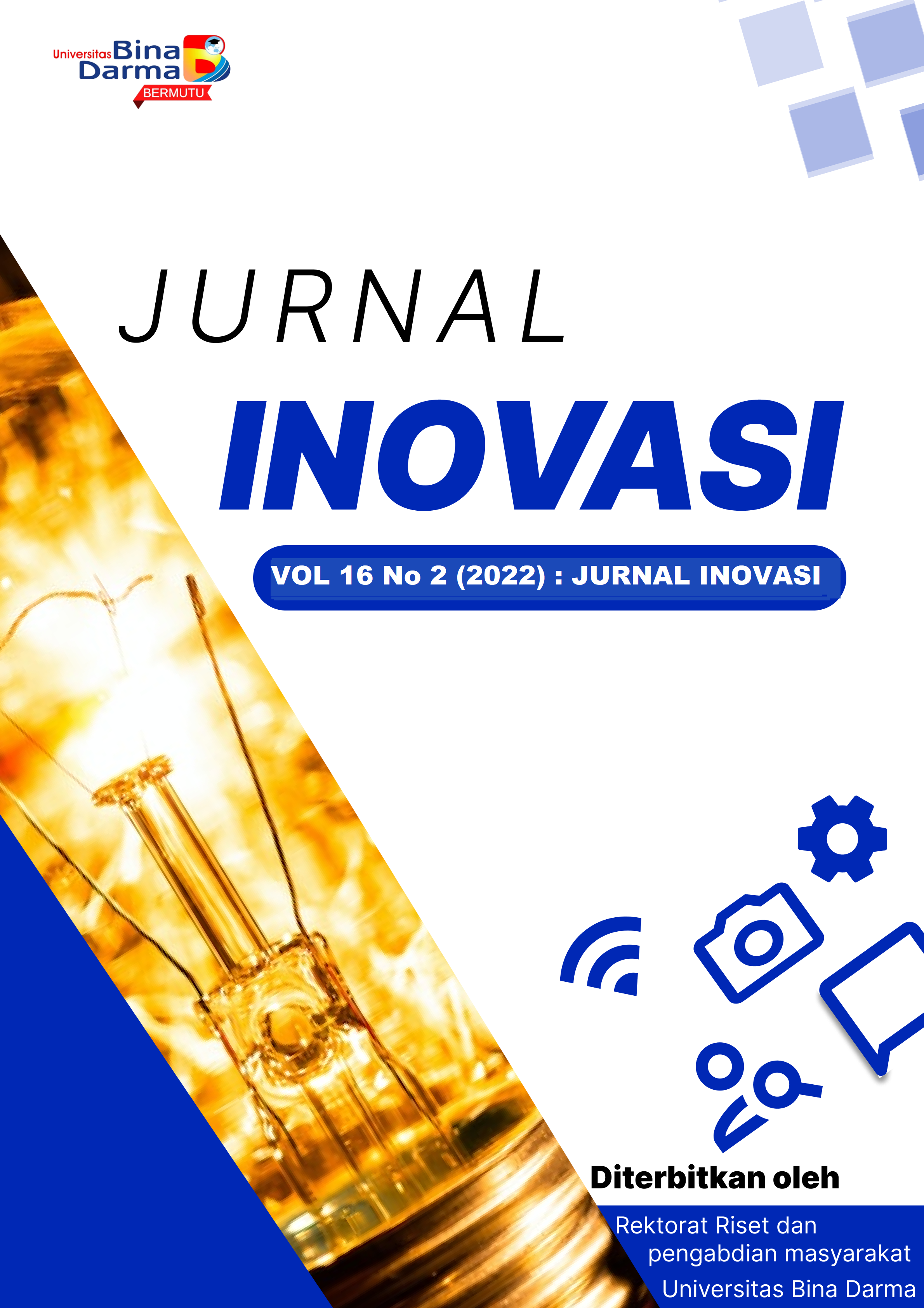STUDI SEMIOTIKA TARIAN SILAMPARI KAYANGAN TINGGI YANG DIPERTAHANKAN KOMUNITAS BENING DI KOTA LUBUKLINGGAU
indonesia
DOI:
https://doi.org/10.33557/ji.v16i2.2228Keywords:
Semiotic, Silampari kayangan tinggi dance, LubuklinggauAbstract
The purpose of this study was to determine the meaning of the Silampari kayangan Tinggi
dance which is maintained by the clear community in the city of Lubuklinggau. This research method
is qualitative with a descriptive approach to interview, observation, documentation, literature study.
The subjects in this study consisted of actors and observers of the Silampari Kayangan Tinggi dance
using Roland Barthes' semiotic theory as the theoretical basis of the research entitled the study of
the semiotics of the high kayangan silampari dance which was maintained by the clear community
in the city of Lubuklinggau. Judging from the denotation of motion in the high kayangan silampari
dance, it is a combination of movements by the human body in creating movements that contain
aesthetic deni in motion, besides that it contains a form of interaction between dance contents that
is poured out by the choreographer to the audience, namely invited guests. In connotation there is
a figurative meaning implied in it which contains the values and descriptions of the Lubuklinggau
city community, beliefs, customs and life arrangements and ways of respecting other people. Based
on the results of the research, it is concluded that the Silampari Kayangan Tinggi dance is a
traditional dance from the South Sumatra region originating from the City of Lubuklinggau which
has existed since ancient times and still functions as a welcoming dance for the City of
Lubuklinggau. This high kayangan silampari dance was adopted from folklore in Lubuklinggau
where it is believed to exist but does not know the truth, so the myth in this dance is a myth that has
developed in society from generation to generation.
Downloads
Published
Issue
Section
License

This work is licensed under a Creative Commons Attribution 4.0 International License.




